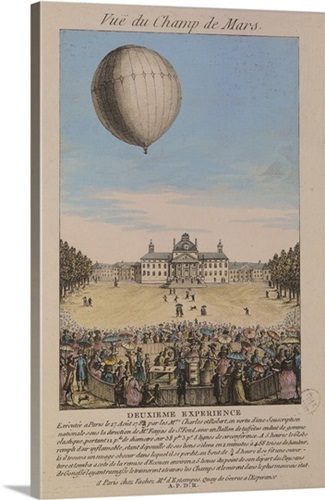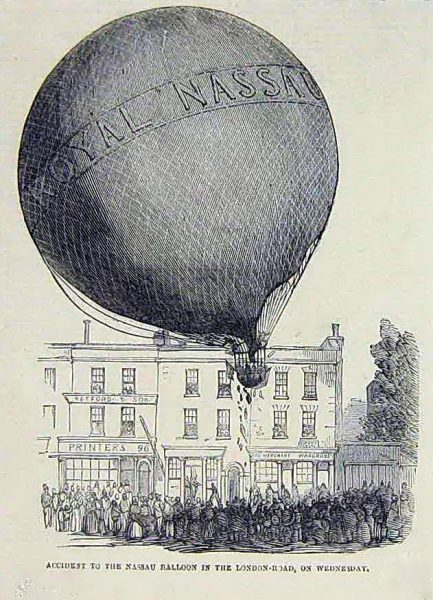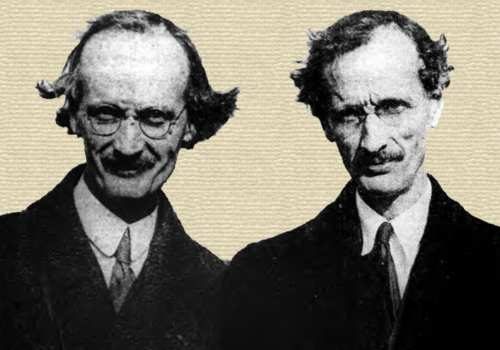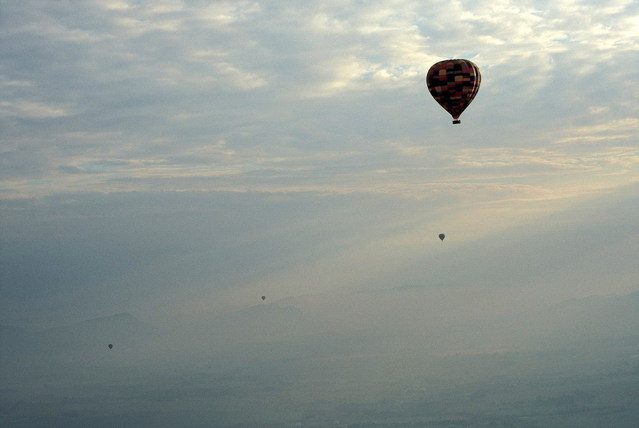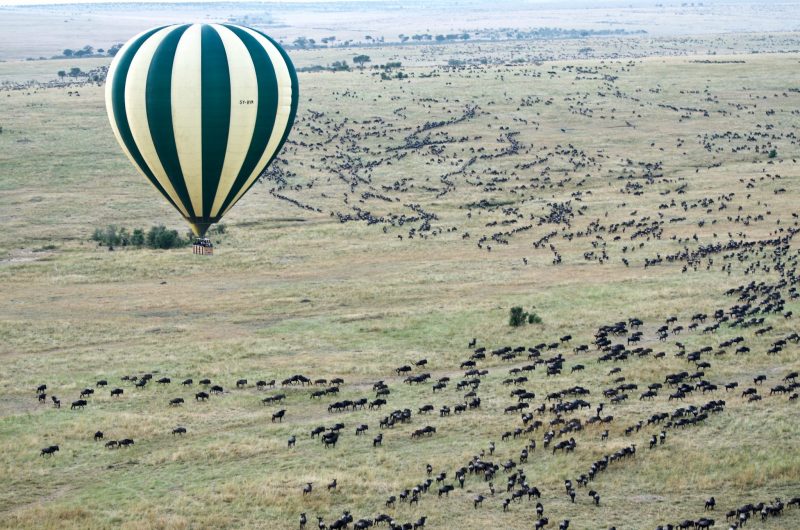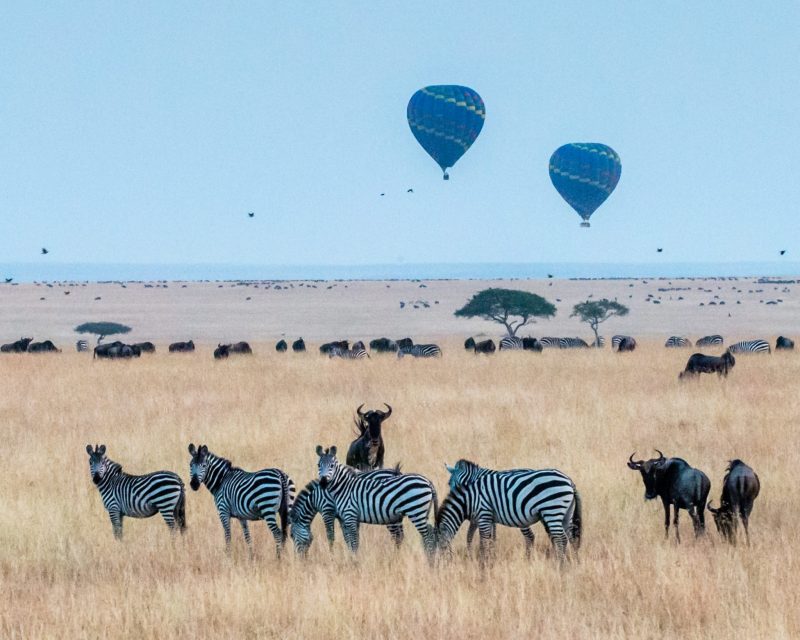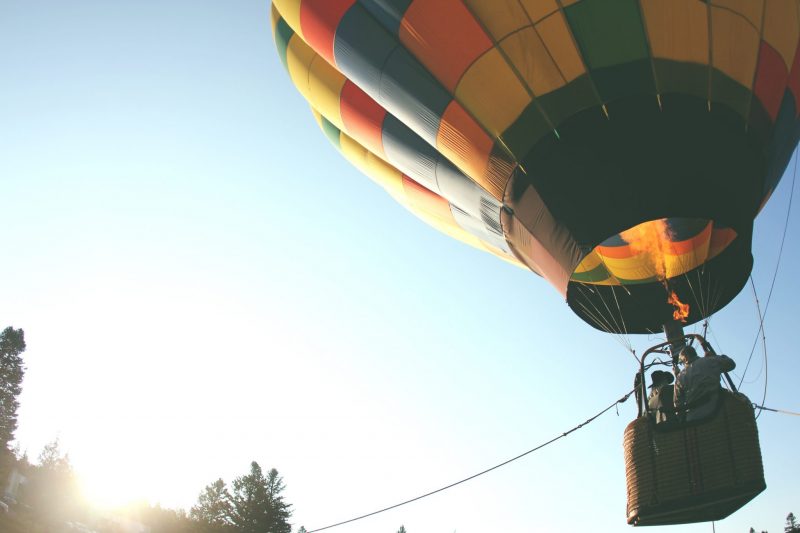Record Breakers In Hotair Balloon Industry
On the 27th of August 1783 Jacques-Alexander-Cesar Charles, the French inventor launched a hydrogen balloon. He then went on to design and build a larger hydrogen balloon with the help of two engineering brothers Anne-Jean and Marie-Noel Robert. They included in it most of the features of a modern day free inflatable flight.
First solo flight
On the 11th of December 1783, Charles accompanied by Marie-Noel Robert invented the first gas balloon flight. While landing 36 km away from Paris Robert, his companion, dropped off and Charles made the second trip. The aircraft took off and became the world’s first solo balloon flight.
First balloon victims
The successful launch of hydrogen balloon and hotair balloon brought to light their shortcomings. So, Jean-Francois Pilatre De Rozier created a ball with a combination of hydrogen and hotair envelope to compensate for each of the other’s inadequacies. The initial lift was provided by hydrogen, and hotair provided control of the flight so that the pilots didn’t have to release gas or drop ballast continuously. They decorated the balloon with metallic gliding and artwork. Pierre-Jules Romain and De Rozier launched it from Boulogne on the 15th of June 1785. About 30 minutes into the flight the coating of the balloon produced a static release and the envelope caught fire. Both of them died in that first balloon fatality. Ironically, de Rozier was not only the earliest balloon pilot but also its first victim. However, since that time, the craft continue to be used for competitive sport, recreation, and scientific exploration. And despite this tragic failure, Rozier’s invention eventually succeeded in the trans-global balloon adventure two centuries later.
First historical ascents
On the 19th of July 1821, Charles Green in London took the first balloon flight operated by coal gas. Thereafter he made a celebrated flight on the 7th of November 1836 for 800km to Weilburg. In 1839, history saw the introduction of unmanned balloons for high-altitude investigations. Other notable flights were that of the French aeronaut Francois Arban’s 1849 trip to the Alps. Ten years later, John Wise launched a balloon from Missouri to New York to test the air for a transatlantic flight. Also, unmanned flights carrying scientific research payloads of 2,500 kg, have reached above 42 km altitudes with balloons as big as a million cubic meters.
First unsuccessful attempts
Balloons have not had any military use except at the time of the war between France and Germany. They carried mail, pigeons, and people in balloons from the Paris railway stations whereas the birds brought mail back. While coal was inexpensive and plentiful locally, expeditionary forces had logistic problems with producing hydrogen or transporting heavy compressed gas canisters. Subsequently, in 1903, Rev. John Bacon developed and successfully tried the modern hotair balloon in England using petroleum for gas. Bacon promoted the idea of performing military observations with the kind of hotair balloon invented by him. But he did not pursue it, and the world failed to recognize and notice his work.
First to stratosphere
In 1905, a Swiss Physicist Auguste Piccard and his twin brother Jean Piccard had devised a concept for a diving ship. Based on this, they invented and launched the first successful stratospheric flight on the 27th of May 1931. It consisted of a lightweight rubberized-cotton net-less envelope that was 14,000 cu. m and a spherical aluminum pressure cabin. It carried Auguste and Pail Kipfer to a height of 15,781 m. Their balloon had several new advances including a remote-control pyrotechnic ballasting system and blasting caps.
Further stratospheric heights
The American Navy Comdr. Thomas Settle completed a world-record flight in the same balloon and soared to 18,665 m. on the 20th of November 1933. On the 23rd of October 1934, Jean Piccard and his wife ascended to a height of 17,550 m with a slightly larger duplicate using a magnesium-alloy cabin. Capt. Stevens and Orville Anderson flew at 22,065 m. on the 11th of November 1935. The Army Air Corps of America and the National Geographic Society sponsored it. The rubberized-cotton balloon, Explorer II, was 100,000 cu. m. It was seven times the size of the one Piccard used, but still with similar fabric. The stress in the skin was formidable, resulting in failures.
First plastic balloon
Jean Piccard realized that the single-cell had reached the zenith of its possible development. He postulated that with a cluster of small latex balloons that can carry light loads to greater heights, he could extend the limits of ballooning. Working with Thomas Johnson of the Franklin Institute, he developed a net-less film balloon and substituted a conical skin for the suspension system. The payload was attached to the base of the cone. Piccard along with his University of Minnesota students, including Robert Gilruth, flew it in 1937, carrying radio instrumentation and an automatic ballast-releasing device. On the 18th of July 1937, to test the concept of a stratosphere flight, he made a successful solo flight with 92 latex balloons. But the project was abandoned as there was little faith that the stratosphere flight would work. However, the plastic aircraft became more acceptable, and they continually grew larger as polyethylene films improved.
Legacy continues thereafter
Although the Montgolfiers were the first pioneer, it took Jacques Charles to turn it into a competitive sport. After trying unmanned flights as well as with living beings and finally with people, unfortunately, de Rozier became the first martyr in the ballooning world. But he didn’t die in vain. His legacy continues.
5 Frequently bAsked Questions About Balloon Invention
To book a balloon safari, please fill out the following form or simply email us on safaris@safari-center.com

